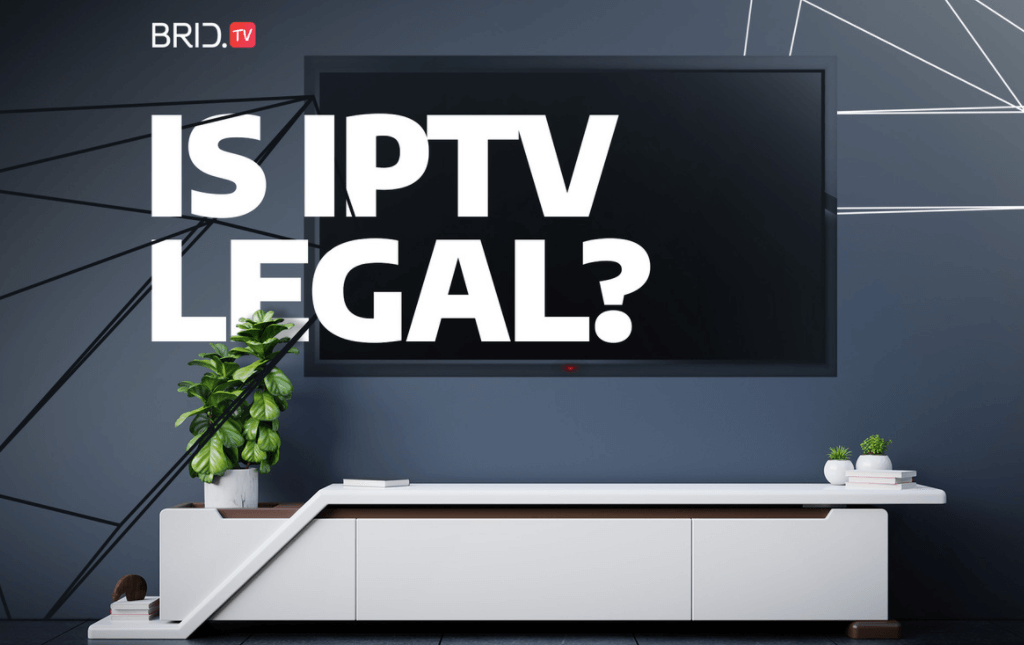Internet Protocol television IPTV uses the Transmission Control Protocol/Internet Protocol (TCP/IP) suite to deliver television programming and other video content instead of broadcast TV, cable TV, or satellite signals. IPTV services deliver live TV programming
Internet Protocol television IPTV uses the Transmission Control Protocol/Internet Protocol (TCP/IP) suite to deliver television programming and other video content instead of broadcast TV, cable TV, or satellite signals.
IPTV services deliver live TV programming or on-demand video content over IP networks, typically provided by a service provider.
As a result of network latency, complexity, and scalability issues, IP TV is far less common than subscriber-based models when it comes to providing video content over a private network.
Do you know how Internet Protocol television works?
The content of IPTV is typically viewed over managed or dedicated connections, such as Digital Subscriber Lines. A private network provides network operators with more control over video traffic, thereby ensuring higher service quality, bandwidth, uptime, and reliability compared to the public Internet.
Multicast television is the standard means of delivering all programming at the same time. A viewer selects programs by changing the TV channel as available program signals flow downstream.
Contrary to IPTV, which transmits only one program at a time, Unicast is a multicast media format. Internet service providers host content on their networks and the content that is delivered to end users’ devices is exclusively the program they select.
In case a viewer changes channels, a new stream is sent directly to that viewer from the provider’s server. In addition to a set-top box or another customer-premises device, IPTV requires a fiber optic or broadband internet connection or a Wi-Fi router.
With IPTV, live television broadcast and on-demand programs are delivered primarily using IP Multicasting and Internet Group Management Protocol. Various tools for discovering multicast listeners are available for IPv6 networks. Real-time messaging protocols and hypertext transfer protocols are other common protocols.

How can IPTV be used?
In addition to IPTV, there are other IP-based telecommunications services such as voice over IP and broadband internet that can be bundled with IPTV, since it uses packet-based delivery.
With the use of IP technology, providers can also deliver other services and applications, including video on demand, interactive TV, live streaming, and in-program messaging, which is a term for TV services that allow users to consume content in other ways than live broadcasts. On-demand television, digital recording, or rewinding or restarting a live show are a few examples.
An alternative distribution model to IPTV is internet TV, which is television content made available online via a broadband connection.
Services that provide IPTV
Among the many IPTV providers are large network operators, such as AT&T and Verizon, and major companies like Netflix, Google, Apple, and Microsoft. AT&T and Sony also offer video streaming services via smart TVs and other connected devices. There are additional IPTV providers like Roku, Hulu, and YouTube.
Processes and workflows related to IPTV software
Technology such as Internet Protocol Television (IPTV) is still a relatively new phenomenon. Internet Protocol (IP) is a method of delivering TV services. By using Internet Protocol, packet-switched network infrastructure is used to deliver Internet television services over packet-switched networks.
In contrast to their delivery through traditional mediums such as radio broadcast, satellite broadcast, or cable television (CATV), broadband internet access is delivered through the Internet. Subscribers receive audio, video, and related entertainment services in a safe and reliable way.

The service may include live TV, video on demand (VoD), and interactive TV. The IP addresses of all other components on the Internet are uniquely identified in order to transport the audio, video, and control signals across packet-switched networks.
With Internet Protocol Television, users can benefit from rigorously managed security and performance, resulting in an entertainment experience that is second to none. Content providers, customers, and advertisers have a compelling environment to work in.
In this effort, we are focusing on developing IPTV SDK website portals, quality control processes, and IPTV software processes. We have designed new modules for configuration, functionality, integration, and interoperability in this paper.
To understand the IPTV functional specification in detail and plan and write the module, a number of tools and technologies were utilized. An integrated module will be developed and then made a part of the OLCS so that every user around the world will be able to access it.
